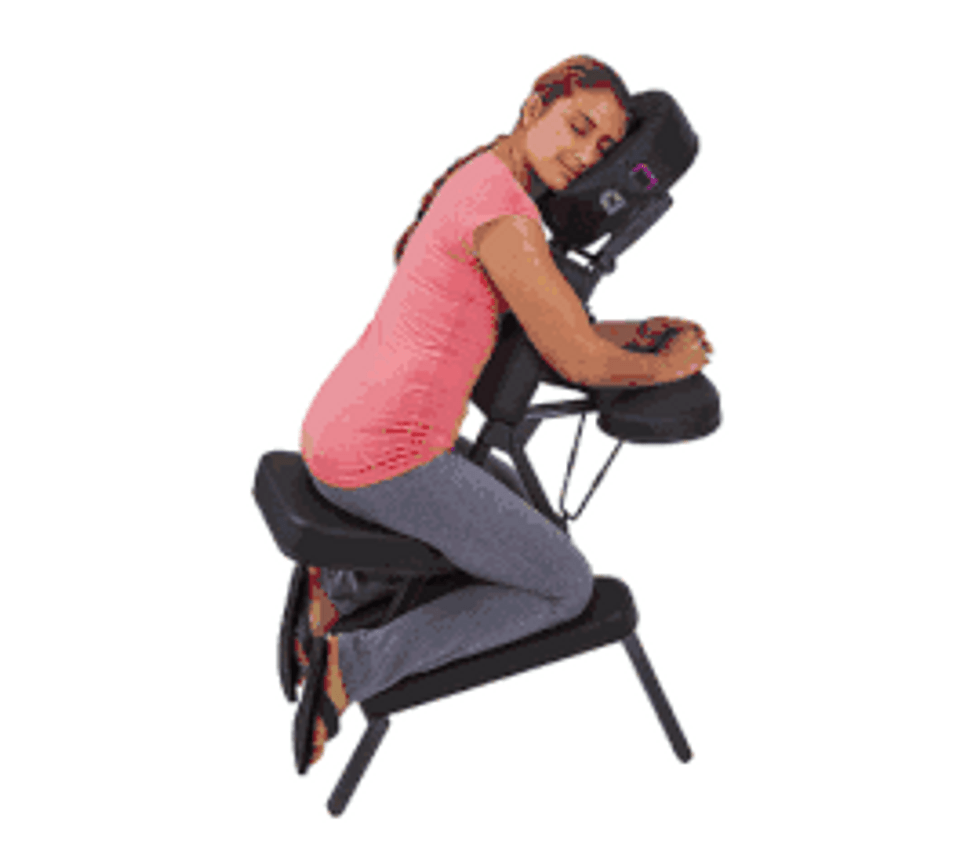
The Best Massage for TMJ
Posted by MassageTools Staff on Nov 16th 2016
TMJ syndrome is the common name for an injured jaw muscle that can cause people lots of pain, but with the right massage the symptoms of TMJ syndrome and other jaw issues can be relieved.
The masseter muscle helps you chew, covering the sides of the jaw just behind the teeth. It also does things like help you clench your jaw and grind your teeth. Based on this location, it can cause a number of uncomfortable issues when it either becomes injured or worn out from overuse.
What is TMJ Syndrome?
The masseter muscle connects at the temporomandibular joint, which is more commonly known just as TMJ. When the masseter muscle of the TMJ become tense, it can lead to headaches, earaches and toothaches, tinnitus or teeth grinding.
When a person has TMJ syndrome, their jaw fails to function properly. It can affect eating and sleeping and range from being simply a minor annoyance to something that is very painful.
Doctors recommend a number of activities to help reduce the use of this muscle to help relieve pain. That includes eating softer foods, making sure teeth are always in a neutral position and making sure not to have the neck or jaw in extreme positions.
How Massage Helps
Massage can also help. A light massage of the masseter muscle several times a day on a comfortable massage table can help relieve unnecessary tension. If the muscle is tense, it will be working when it should be resting, constantly holding that tension. Massage helps the muscle rest and gives it a chance to recover, similar to how the other treatments focus on helping the muscle from overworking itself.
If you have TMJ, make sure to consult with a doctor, but think about how massage can help the issue. TMJ can be incredibly painful, but massage can be a crucial part of the recovery process and help those with the syndrome find some relief.



